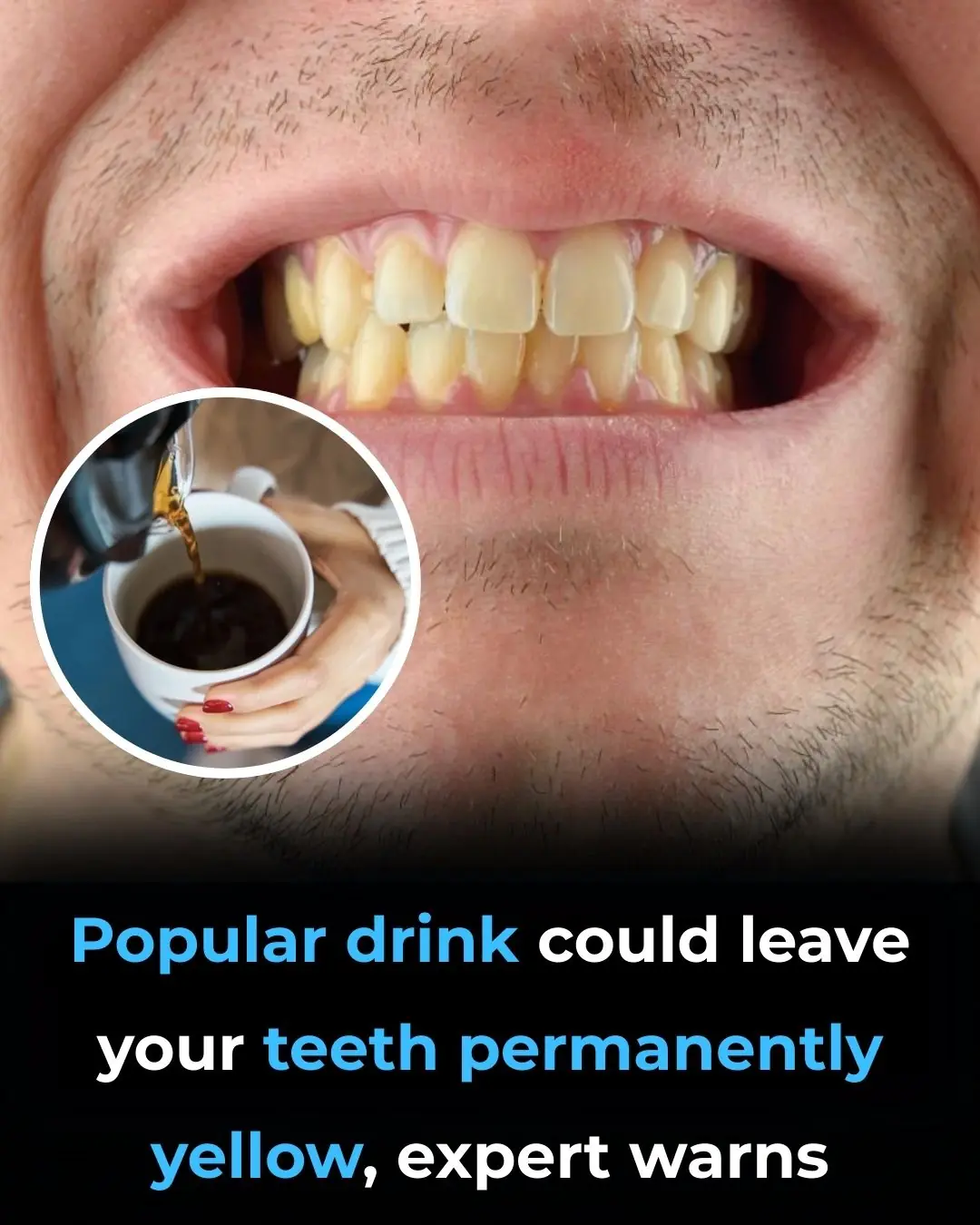
World’s deadliest ca:ncer: 8 early warning signs every older adult should know

The Silent Threat You Can’t Ignore: 8 Early Warning Signs of Pancreatic Cancer
Have you ever felt that something was off in your body but couldn’t quite name it? Many of us chalk up tummy trouble, bloating, or vague discomfort to stress, a heavy meal, or “just gas.” When those signals linger, though, they can be your body’s way of asking for help—and in rare cases, they can point to something more serious.
Today we’re focusing on one of the quietest and most dangerous cancers: pancreatic cancer. It’s notoriously tricky—even for doctors—because the earliest signs are often subtle, easy to explain away, and scattered across different body systems. That’s why most cases are detected late. The goal here is not to scare you, but to help you recognize patterns that warrant a medical check.
You’ll learn eight early warning signs—including two that are frequently overlooked—and how they fit together. We’ll also cover when to see a doctor, what tests are commonly used, and practical steps to track symptoms.
Why Pancreatic Cancer Is Hard to Catch Early
The pancreas sits behind the stomach and supports two essential jobs:
-
Digestion: It secretes enzymes that break down fats, proteins, and carbohydrates.
-
Blood sugar control: It makes hormones like insulin.
A growing tumor can disrupt one or both roles. Early changes often look like everyday issues—indigestion, fatigue, or mild pain—so people delay seeking care. Early detection is rare, but recognizing persistent patterns can make a meaningful difference.
Key Takeaways
-
Early detection is uncommon but crucial—persistent or worsening symptoms deserve attention.
-
Many signs are nonspecific (they mimic common problems).
-
Patterns matter: multiple symptoms together, or symptoms that stick around or escalate, should prompt a medical visit.
The 8 Warning Signs You Shouldn’t Ignore
8) Mild, Recurrent Upper Abdominal Discomfort
A vague ache or pressure in the upper abdomen (just below the ribs), sometimes radiating to the mid or lower back, that comes and goes. It may seem better when leaning forward or lying a certain way—one reason people dismiss it. If this discomfort recurs, isn’t relieved by antacids, or becomes more frequent, get it checked.
Why it happens: The pancreas lies near the spine; swelling or a mass can irritate nearby nerves, producing a dull, positional ache (different from heartburn’s “burning” or right-sided gallbladder pain).
7) Jaundice (Yellowing of Skin or Eyes)
A subtle yellow tint to the whites of the eyes (often noticed first in bright light) that can spread to the skin, palms, or soles. It may be accompanied by itching (see #3).
Why it happens: A tumor near the head of the pancreas can compress the bile duct, causing bile to back up. Elevated bilirubin in the blood leads to yellowing.
6) Dark Urine + Pale/Clay-Colored Stools
Urine may turn tea-colored while stools become pale, gray, or clay-like and sometimes float. You may also notice greasy residue.
Why it happens: Blocked bile flow prevents normal pigment from reaching stool and impairs fat digestion, altering color and consistency.
5) Unintentional Weight Loss and Muscle Wasting
Dropping 5–10 kg over a few months without trying—especially with a drawn facial appearance, looser clothes, and persistent tiredness.
Why it happens: Impaired pancreatic function means poor absorption of nutrients, particularly fats and fat-soluble vitamins (A, D, E, K). Even with normal eating, the body can’t utilize calories effectively.
4) Vision Changes and “Brain Fog”
New difficulty focusing, light sensitivity, needing to squint, or a dull, persistent mental fog and reduced concentration.
Why it happens: Pancreatic dysfunction can disrupt insulin production and destabilize blood sugar, which affects both retinal blood vessels and cognitive clarity. While many conditions can cause these symptoms, they matter more when combined with other signs here.
3) Persistent Itching (Often with Jaundice)
A diffuse, hard-to-ignore itch—often worse at night—sometimes most noticeable on palms and soles, with or without a visible rash.
Why it happens: When bile can’t drain properly, bilirubin and bile salts accumulate and irritate nerve endings in the skin. Moisturizers and allergy pills rarely help because the cause is internal.
2) Digestive Flares After Fatty Meals
Rapid bloating, heaviness, nausea, or even vomiting after fatty foods. It may start sporadically (after big or rich meals) and become more frequent over time.
Why it happens: Fewer pancreatic enzymes reach the intestine, so fats remain poorly digested, causing fullness, discomfort, and nausea that outlast typical “indigestion.”
1) Pale, Greasy, Difficult-to-Flush Stools + Profound Fatigue
Stools that are pale/yellowish, oily, shiny, or floating, with a stronger odor, often signal fat malabsorption. Accompanying this is deep, unexplained fatigue that doesn’t improve with rest.
Why it happens: Inadequate digestive enzymes → ongoing malnutrition; plus systemic inflammation drains energy reserves. Together, they produce a distinctive combination of bowel changes and whole-body exhaustion.
When to See a Doctor
Having one symptom doesn’t mean you have pancreatic cancer. But you should book an appointment if:
-
Symptoms persist for more than a few weeks,
-
Several of the above occur together, or
-
There’s worsening pain, jaundice, or unexplained weight loss.
What your clinician may consider
-
Physical exam and medical history (including family history of pancreatic, breast, ovarian cancers).
-
Blood tests: liver enzymes, bilirubin; sometimes tumor markers like CA 19-9 (note: not a screening test, but may aid evaluation).
-
Imaging: abdominal ultrasound, CT scan, or MRI/MRCP to visualize the pancreas and bile ducts.
-
Specialized tests: Endoscopic ultrasound (EUS) or ERCP when needed for closer views or tissue sampling.
Track Patterns That Help Your Doctor Help You
Bring brief notes covering:
-
Onset and frequency of pain, stool changes, itch, jaundice.
-
Diet links, especially reactions to fatty meals.
-
Weight trend over weeks/months.
-
Medications and supplements you use (including antacids or digestive aids).
-
Any family history of related cancers or pancreatitis.
Other Conditions That Can Look Similar
These symptoms are not specific to pancreatic cancer. Common alternatives include gallstones/biliary disease, viral hepatitis, gastritis/ulcers, IBS, celiac disease, chronic pancreatitis, poorly controlled diabetes, thyroid disorders, medication side effects, and more. That’s exactly why medical evaluation is essential.
Practical Steps You Can Take Now
-
Don’t ignore patterns. If several symptoms cluster or persist, schedule a checkup.
-
Nourish digestion: Smaller, balanced meals; limit very fatty or heavily fried foods if they trigger symptoms.
-
Avoid alcohol and smoking, which are linked to pancreatic and other cancers.
-
Know your risks: Family history, chronic pancreatitis, long-standing diabetes, obesity, and certain genetic syndromes increase risk—ask your clinician whether earlier evaluation is appropriate.
Bottom Line
Pancreatic cancer is called a “silent killer” because early clues are easy to miss. The best defense is to notice persistent, unusual patterns—especially combinations like pale/greasy stools + weight loss + fatigue, or jaundice + itching—and get timely medical advice. Early attention won’t always reveal cancer (most of the time it won’t), but if something serious is brewing, sooner is better for outcomes.
News in the same category

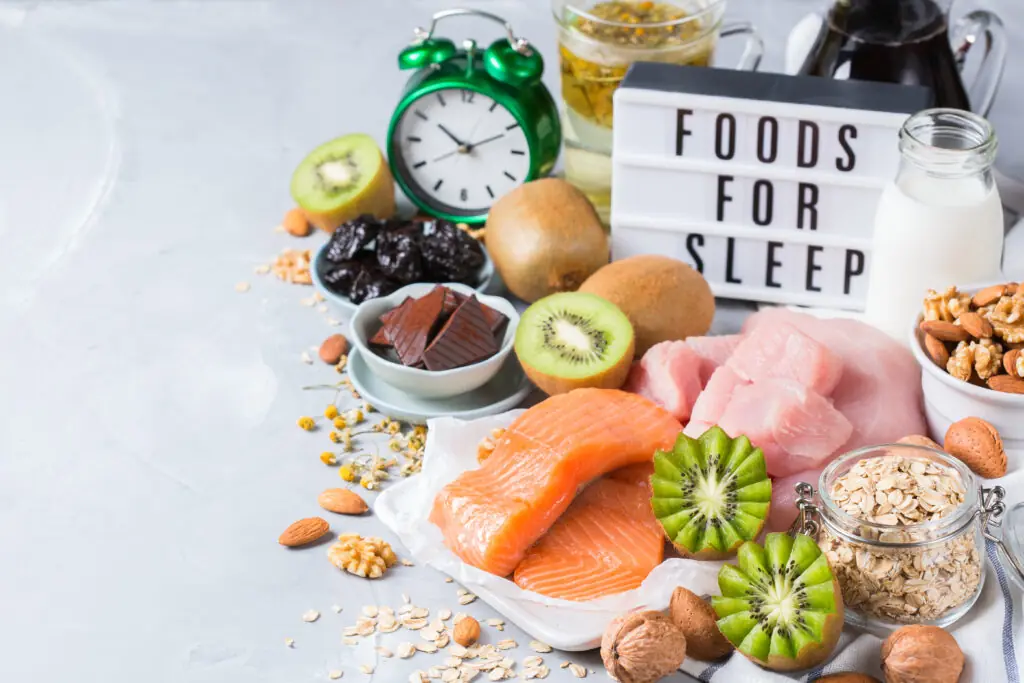
12 Foods With Melatonin You Should Include In Your Dinners To Sleep Like A Baby

White Tongue: What It Means and What You Can Do About It
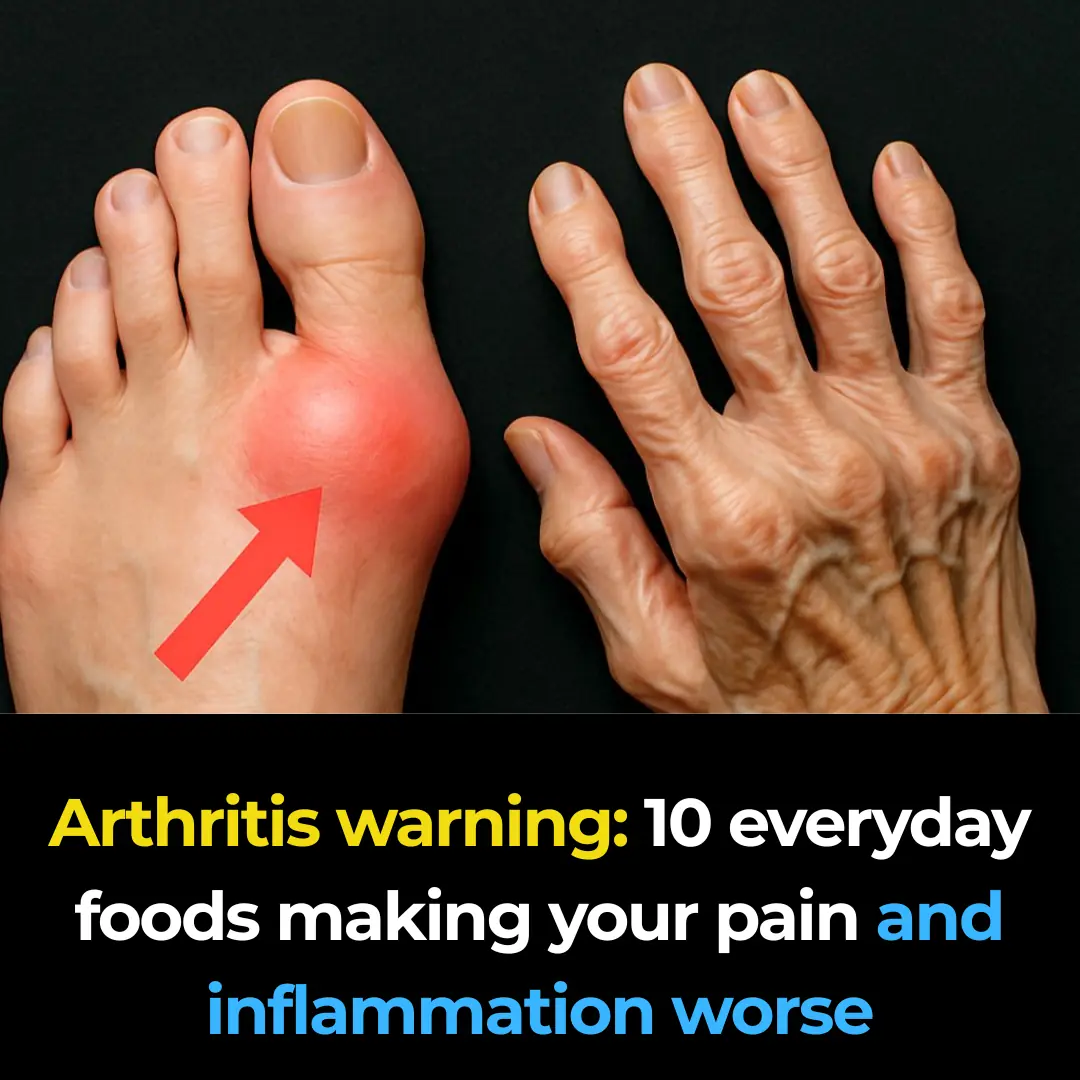
Arthritis warning: 10 everyday foods making your pain and inflammation worse

The Truth About the Thigh Gap: And Why You Don’t Need One to Feel Beautiful
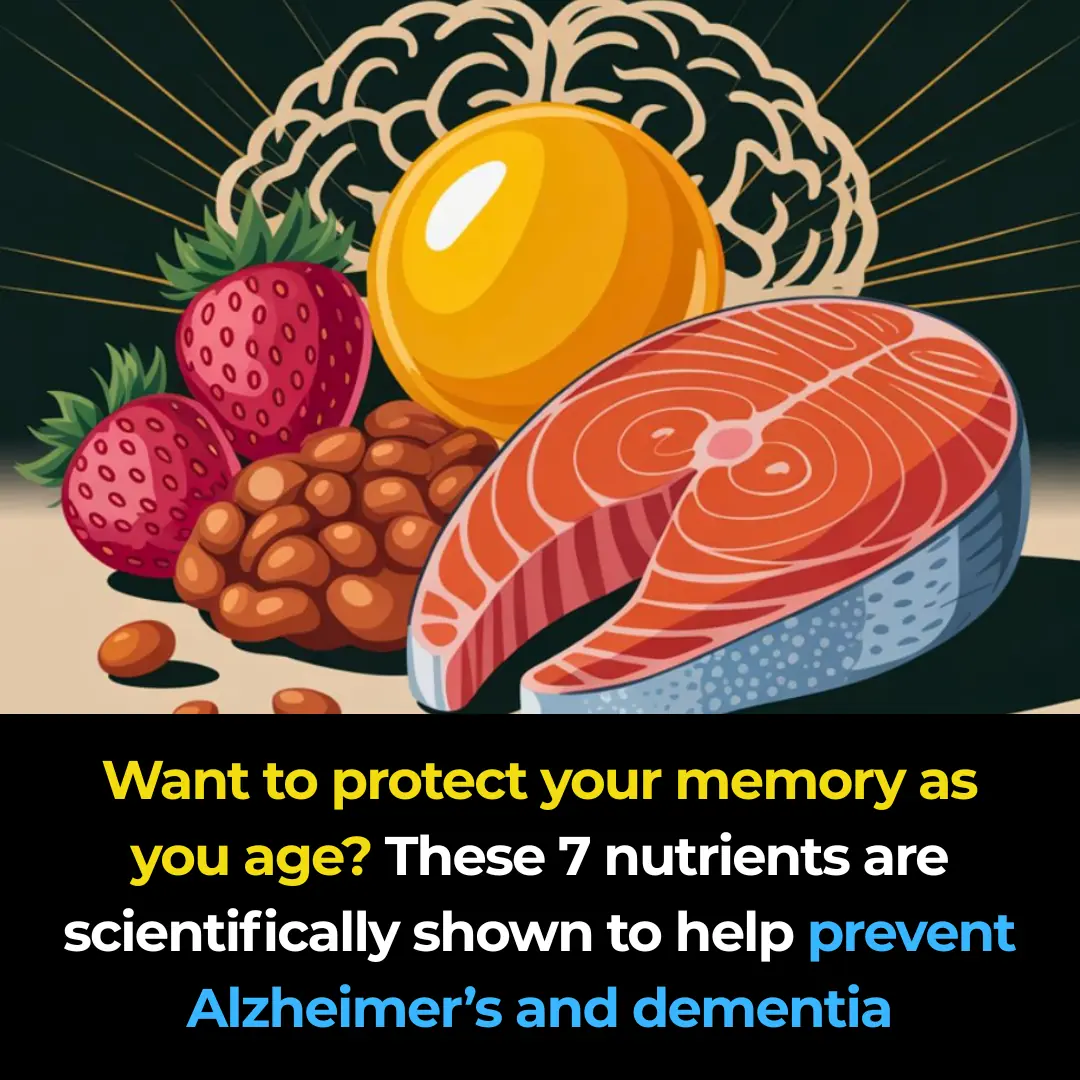
7 Best Nutrients to Prevent Alzheimer’s and Dementia
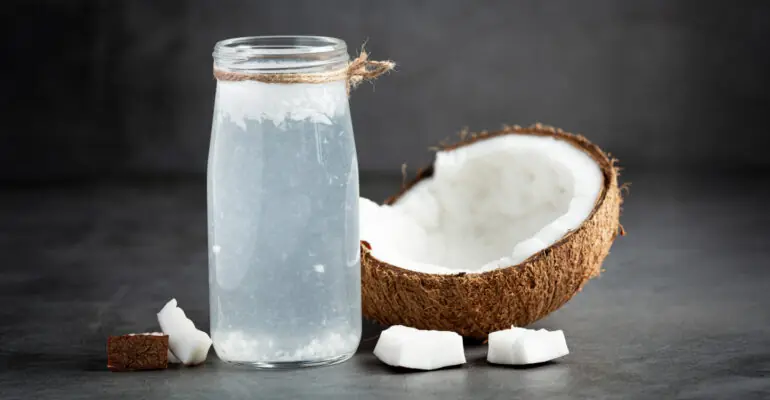
Coconut Water: Healthy Drink or Hidden Risk? Who Should Avoid It
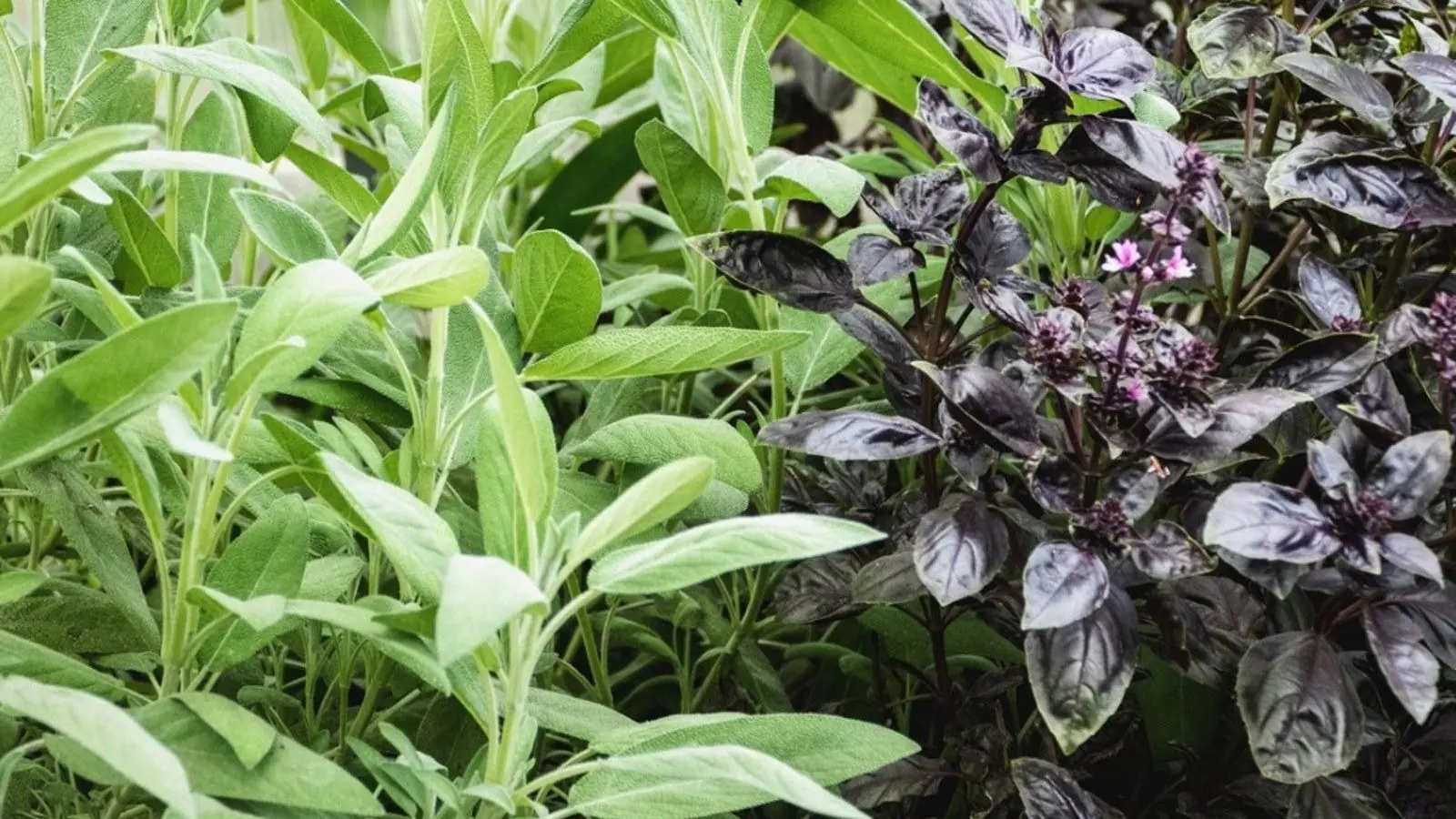
All You Can Do with Just One Sage Plant: Grandma’s Timeless Uses
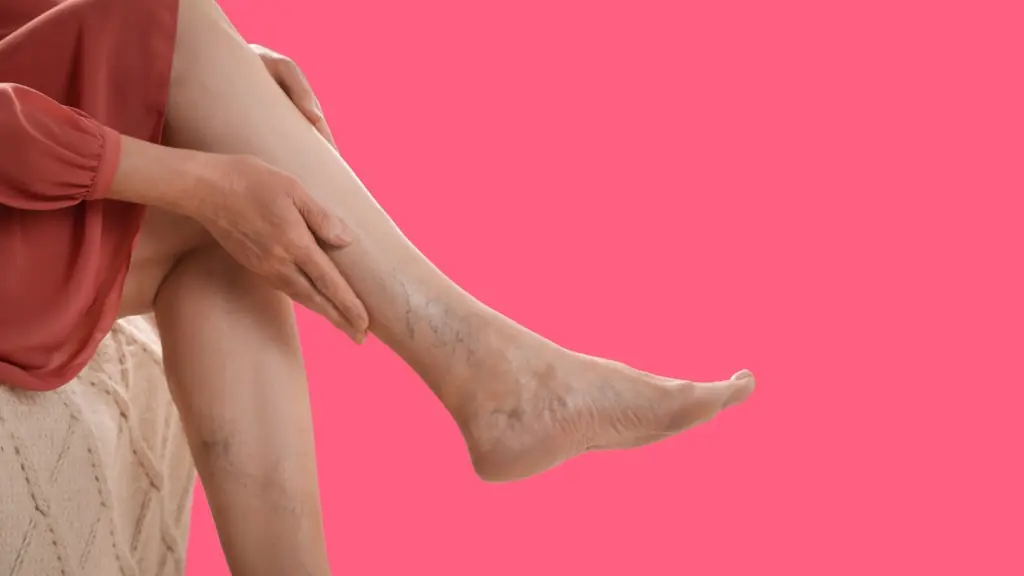
Aloe Vera for Varicose Veins and Tired Legs: Natural Relief You Can Try at Home
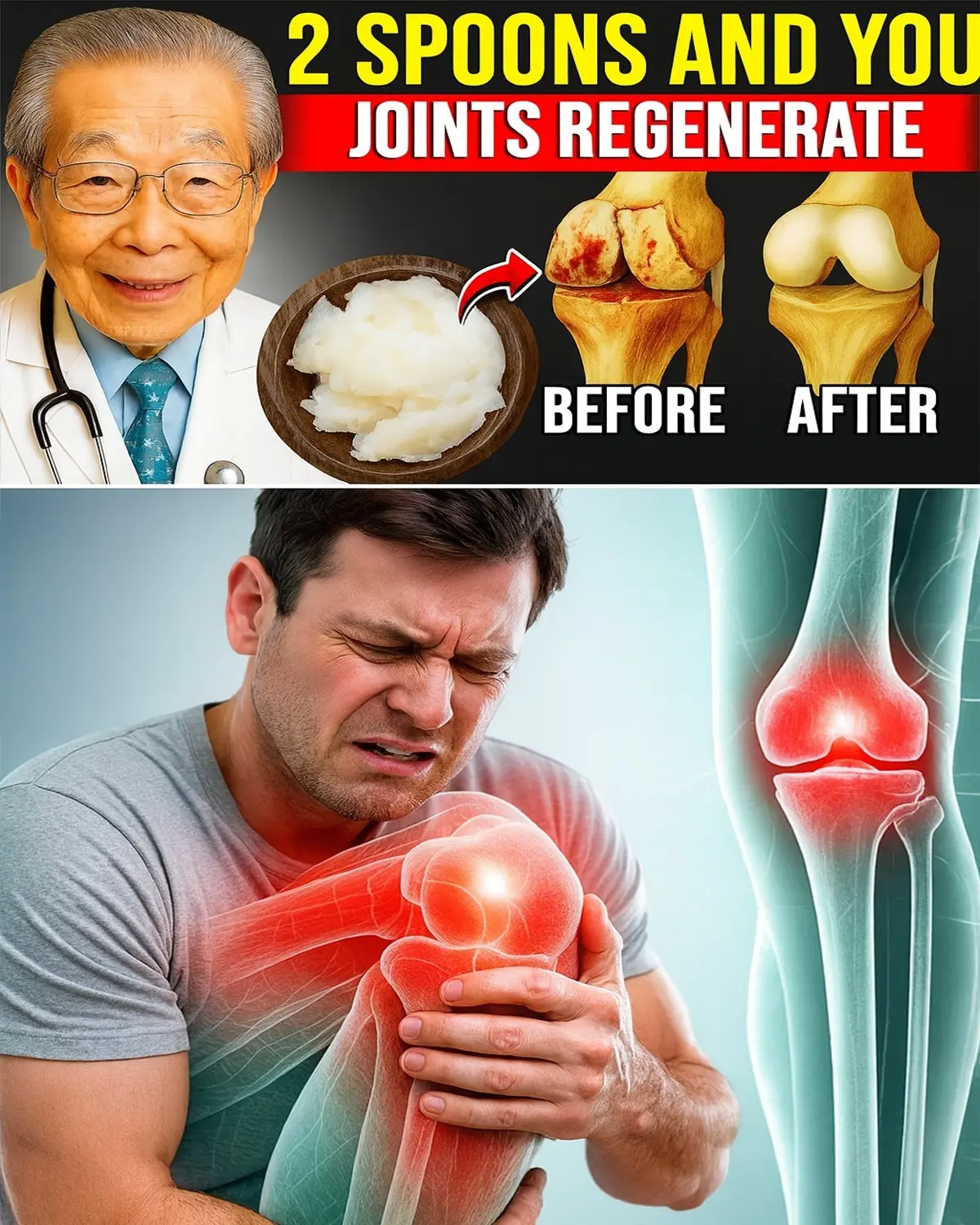
2 Spoons a Day May Support Joint Health Naturally
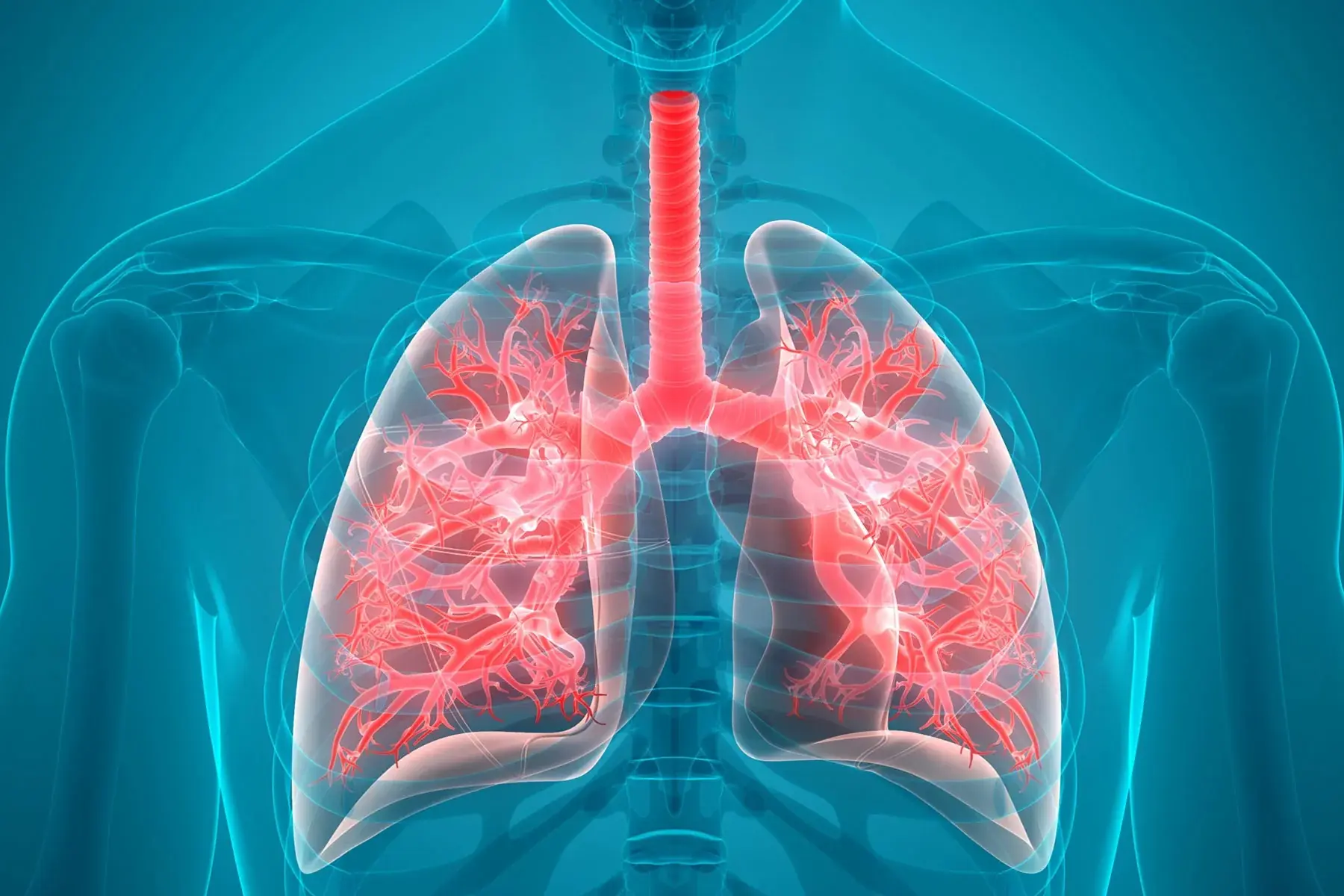
Clean Your Lungs and Stop Coughing in 3 Days! The Garlic Remedy for Bronchitis You Need to Try

Powerful Natural Remedies for Ear Infections
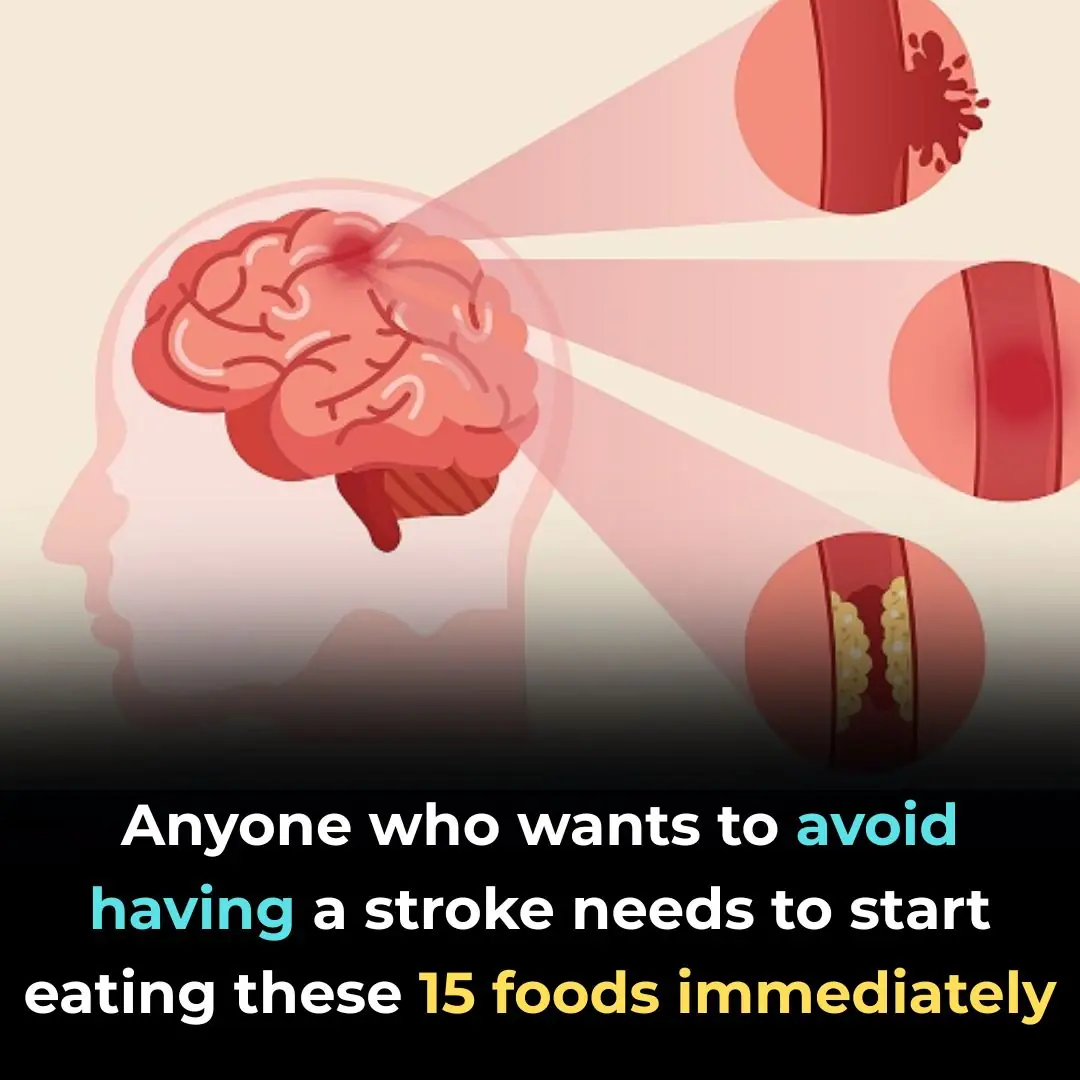
Anyone who wants to prevent a stroke needs to start eating these 15 foods immediately

Researchers Explore Potential Dementia Risk Linked to Gabapentin

Could the bacteria in your nose be causing Alzheimer’s? (new study)
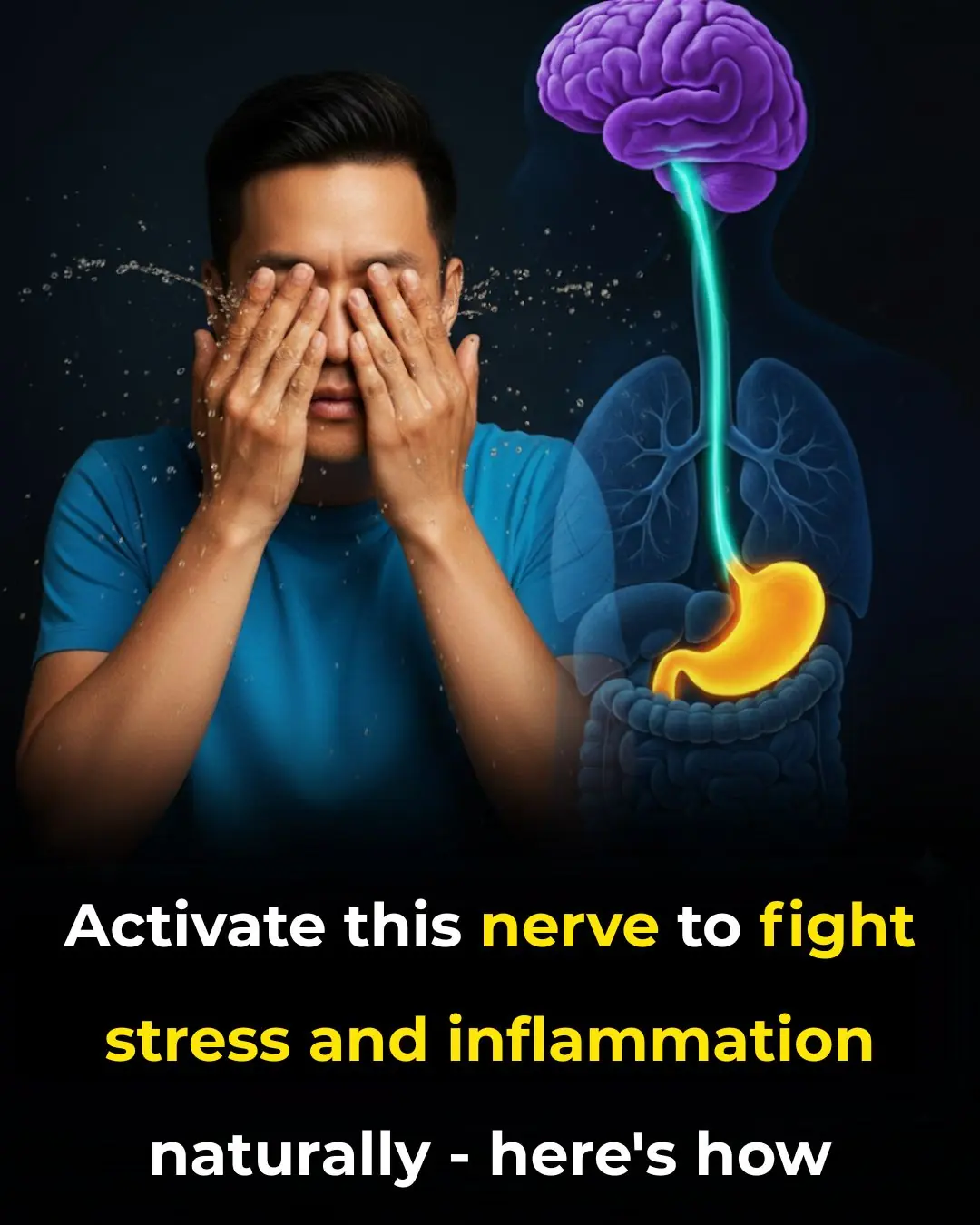
Activate this nerve to fight stress and inflammation naturally – here’s how

New study reveals surprising health benefits of kimchi
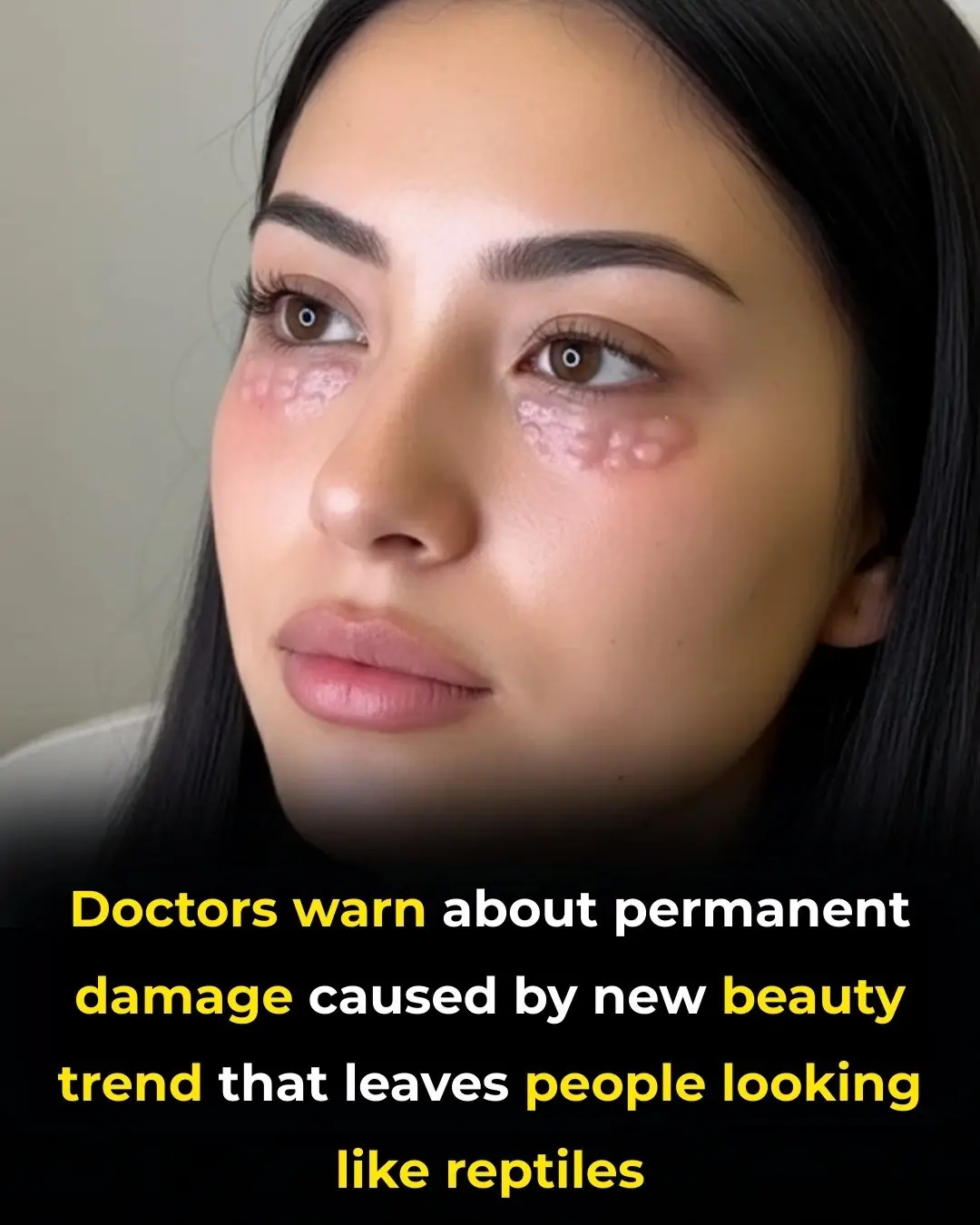
Doctor Warns of Mesotherapy’s Risky Side, Causing Reptile-Like Skin

How Often Should You Change Your Underwear?
News Post

My Brother Banned Me from Speaking at Our Mother’s Funeral, Saying ‘No One Wants to Hear from the Adopted One’ — He Never Expected What Happened Next

Bride Walked Down the Aisle Smiling — But After Finding a Note Hidden in Her Bouquet, She Turned Around and Ran from the Wedding

9 Months Pregnant, My Husband Threw Me Out for Another Woman, But I Got the Last Laugh

The Man Who Became a Swan Shepherd.

A Valentine’s Gesture That Touched an Entire Community.

A Prom Night 76 Years in the Making.

The Truth About the Thigh Gap: And Why You Don’t Need One to Feel Beautiful

Mosquitoes fear this bowl of water the most—place it in your home and no matter how many mosquitoes there are, they’ll all disappear, letting you sleep peacefully
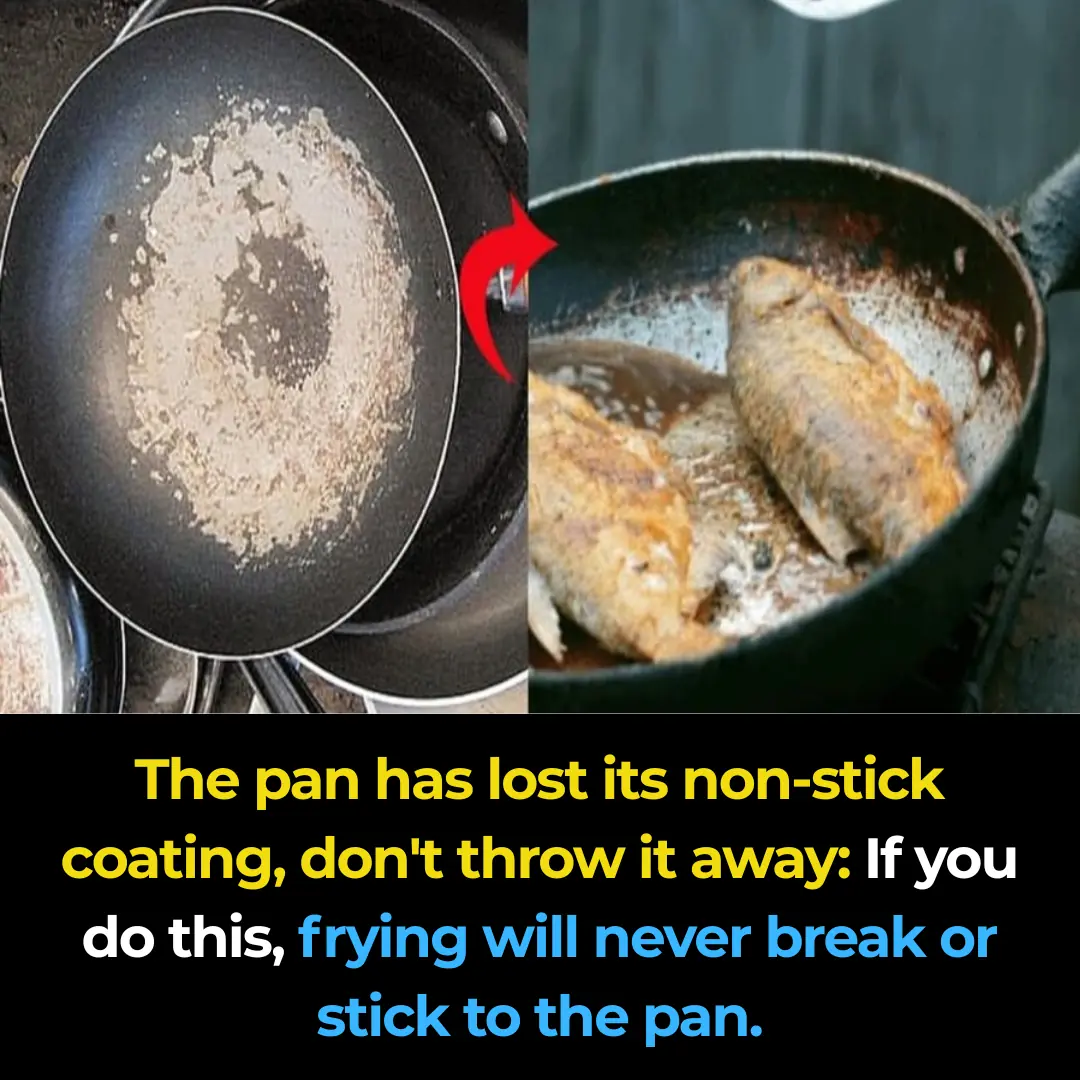
When your pan loses all its non-stick coating, don’t throw it away just yet: Do this and your frying will never stick or fall apart again
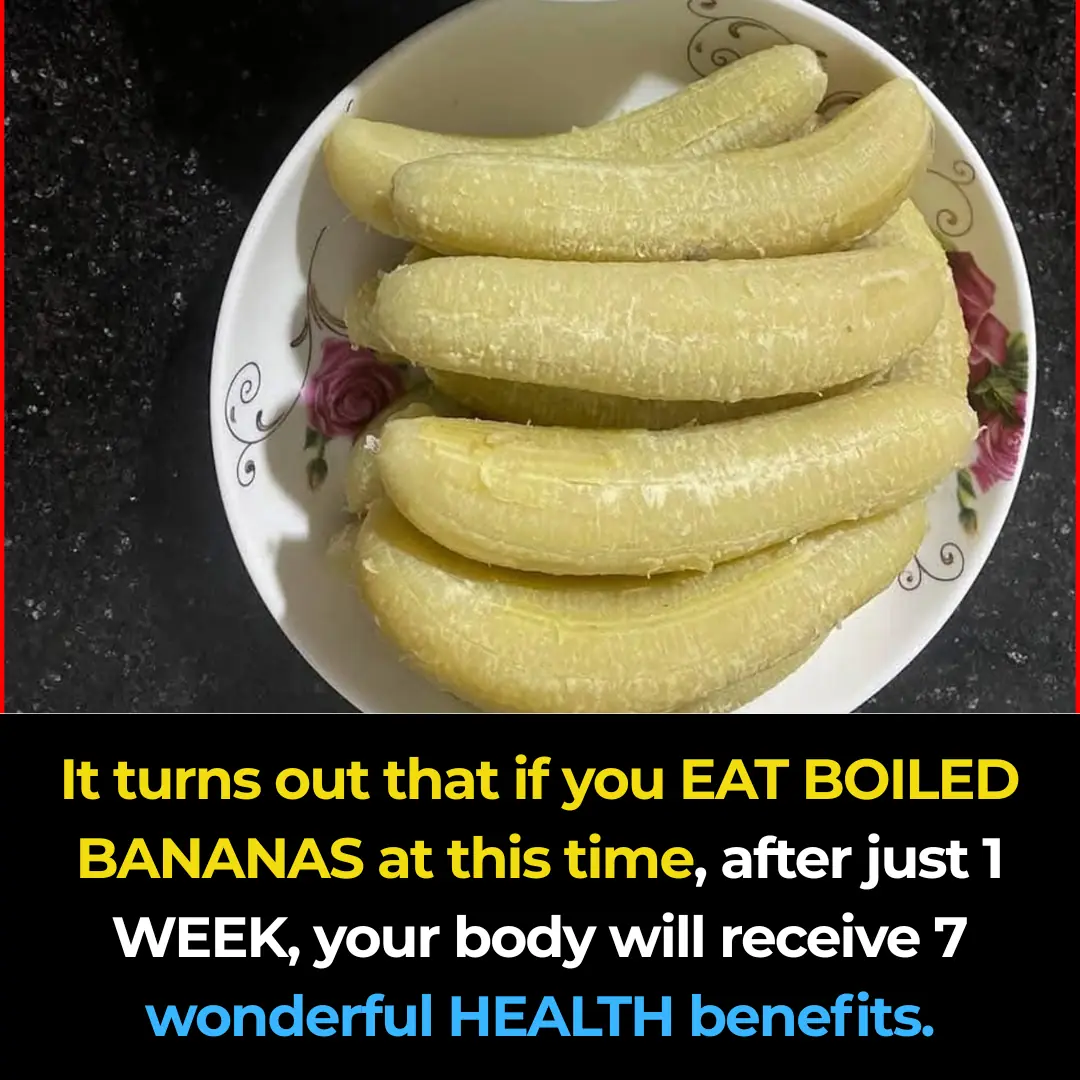
Eat boiled bananas at this time, and after just one week your body will experience 7 changes: excess fat melts away and your skin becomes smoother and brighter

12 Foods With Melatonin You Should Include In Your Dinners To Sleep Like A Baby

White Tongue: What It Means and What You Can Do About It

Arthritis warning: 10 everyday foods making your pain and inflammation worse

The Truth About the Thigh Gap: And Why You Don’t Need One to Feel Beautiful

7 Best Nutrients to Prevent Alzheimer’s and Dementia

Coconut Water: Healthy Drink or Hidden Risk? Who Should Avoid It
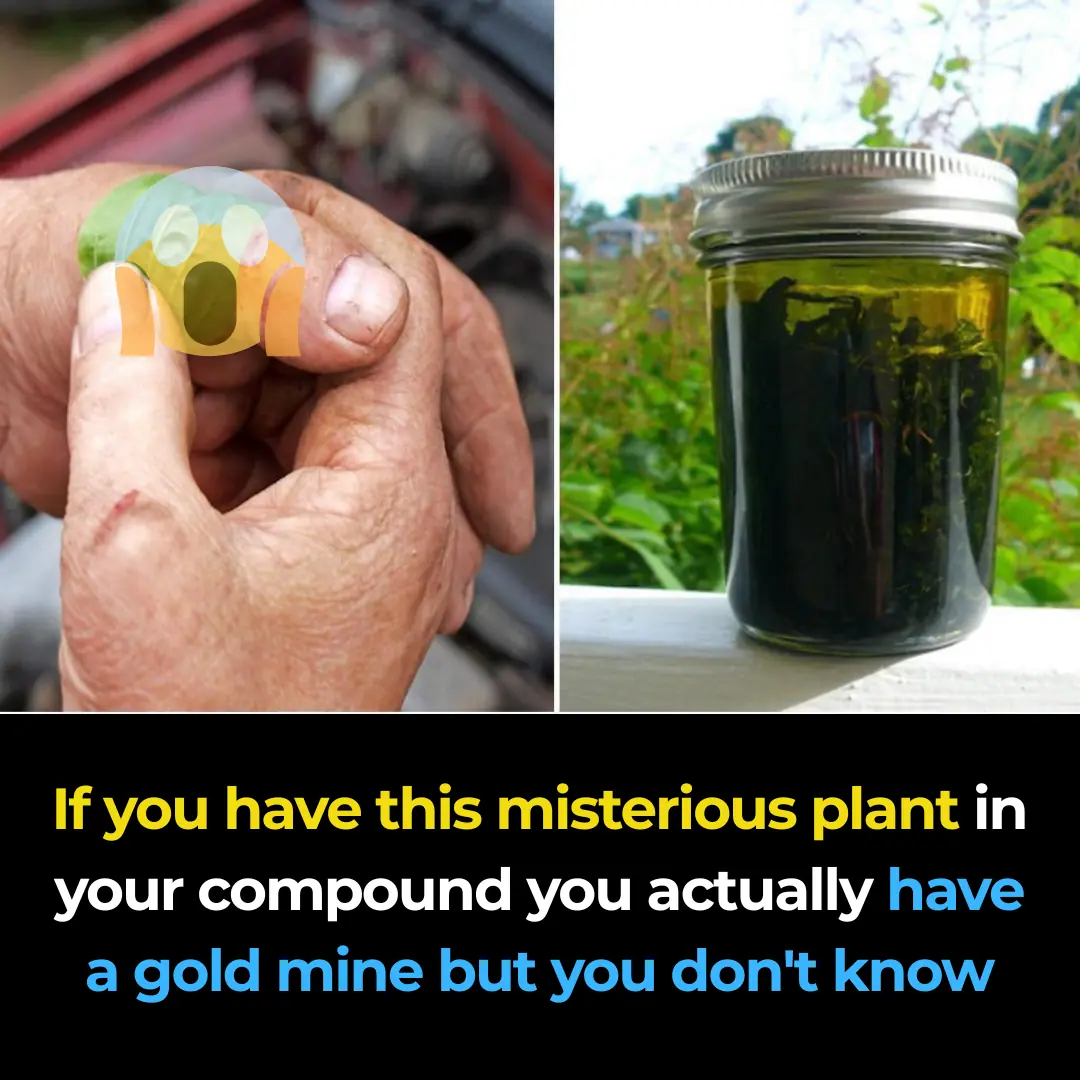
Fact & Health Benefits of Ribwort Plantain
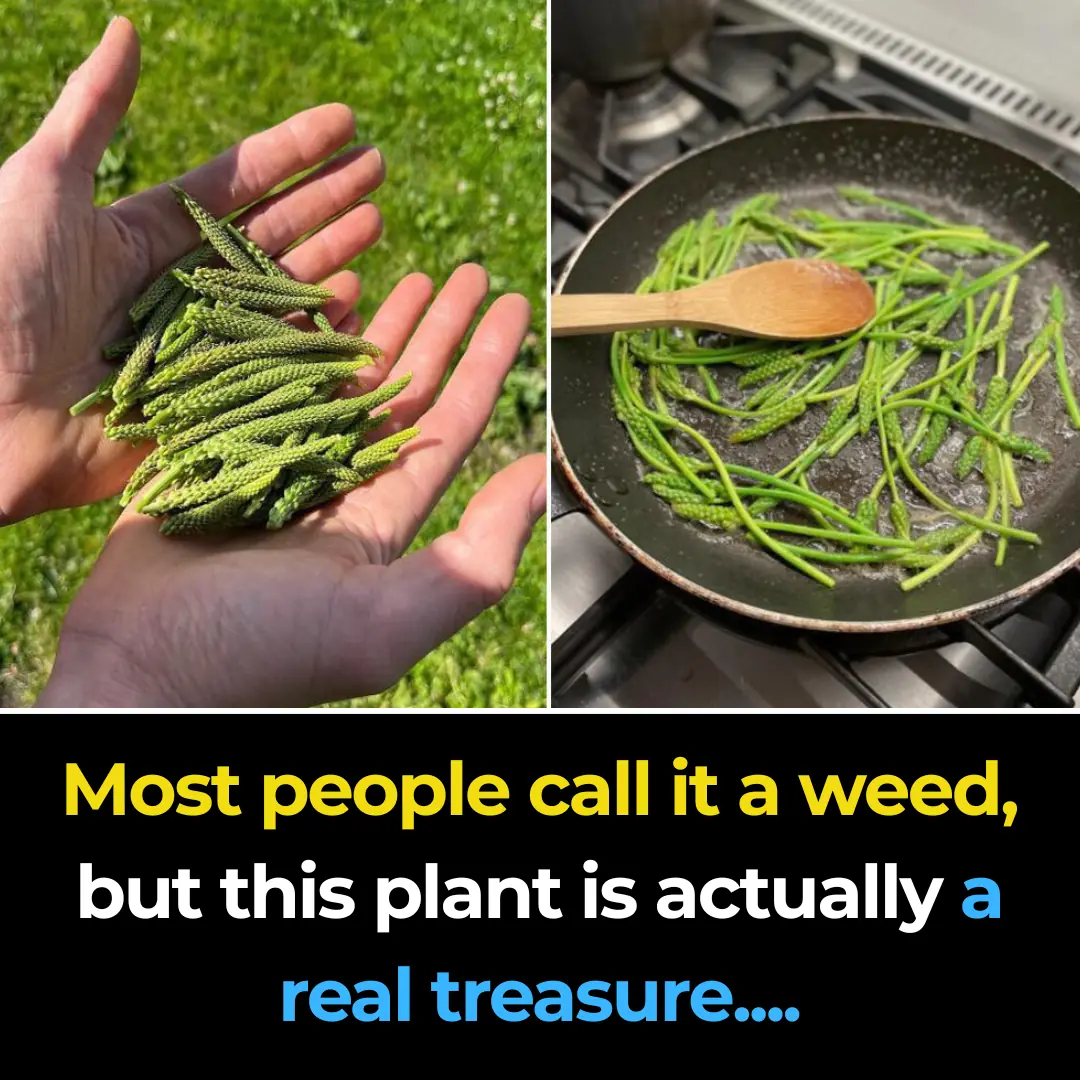
7 benefits and uses of Plantago Major
